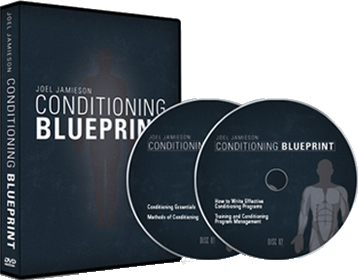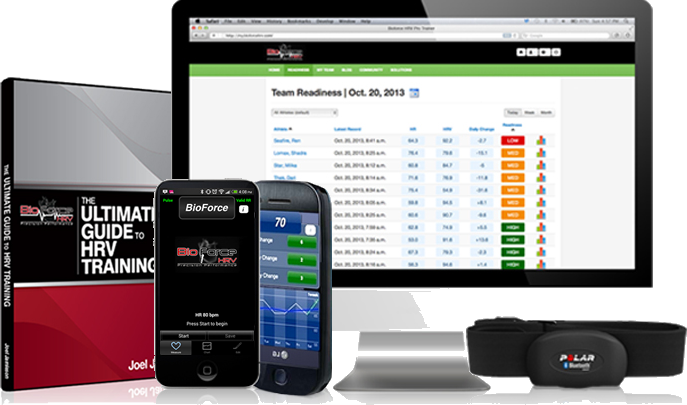Energy Systems 101
By Joel Jamieson
Every cell in your body requires an unrelenting supply of energy to keep you alive.
Energy systems are the way the body meets these energy demands. Conditioning is directly related to energy production and expenditure.
Your body uses two primary energy pathways:
1.) Aerobic (requiring oxygen)
2.) Anaerobic (without oxygen)
Both of these energy systems are responsible for the production of ATP, the molecule which provides most of the body's energy.
Energy production is so crucial to your survival that your body has several systems in place to regulate the process and make sure that energy demands are met smoothly, namely through homeostasis.
Homeostasis is the maintenance of the body's internal environment within the required physiological ranges in the face of varying internal and external stressors.
Basically, homeostasis regulates what happens inside the body under the purpose of continued energy production and delivery.
From a big picture perspective, every adaptive response to the body's environment is to maintain homeostasis and to continue producing energy.
There are three variables that define the type of environment that your body perceives:
1.) Rate of energy production
When there is a high rate of energy production required, the activity is anaerobically dominant
2.) Duration of energy production
When there is a high duration of energy production required, the activity is aerobically dominant
3.) Work-to-rest ratio
When there is a high level of work with only a small amount of rest, the activity is aerobically dominant
These three variables can be understood within the context of the force-fatigability relationship, that as the maximum rate of energy production increases, the maximum duration of energy production decreases (and vice versa).
Coming Up Next: discover the real relationship between energy systems and performance
Take your fitness to the next level with these essential training resources.



Ultimate MMA Conditioning
Learn how to get in shape faster than ever before with methods used by more than 30 top level MMA pros
Conditioning Blueprint
Learn from one of the industry’s top strength & conditioning coaches in more than 3 hours of video
BioForce HRV System
Cutting-edge technology that delivers results. Push your body to its limits & take your conditioning to a whole new level